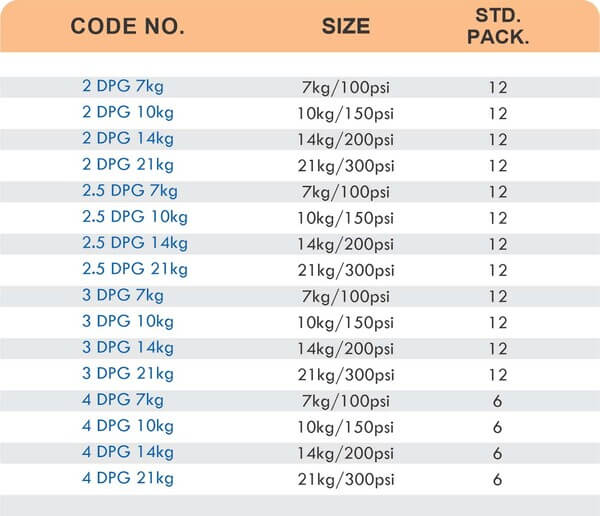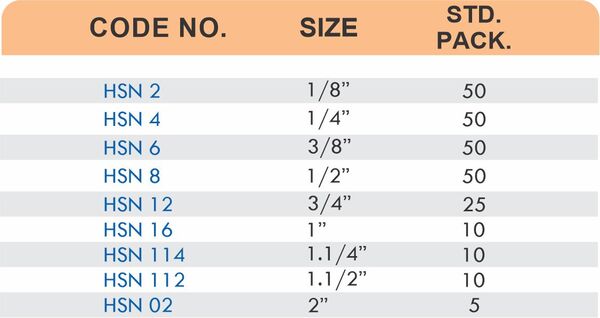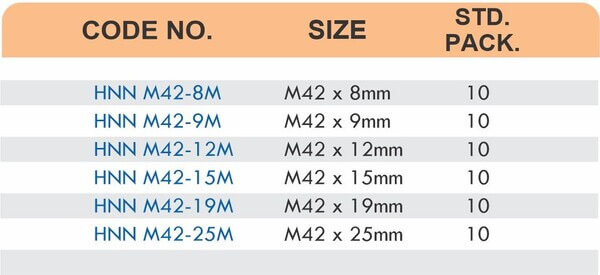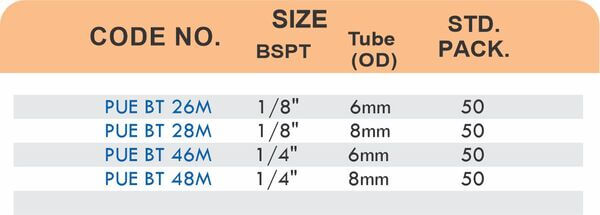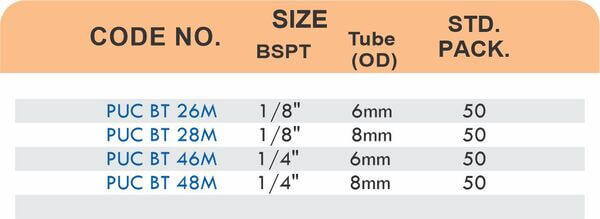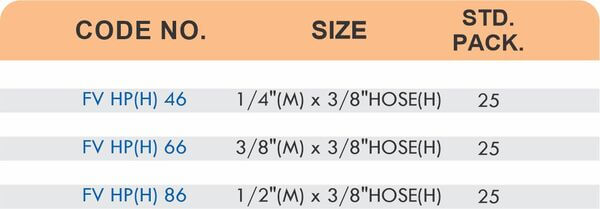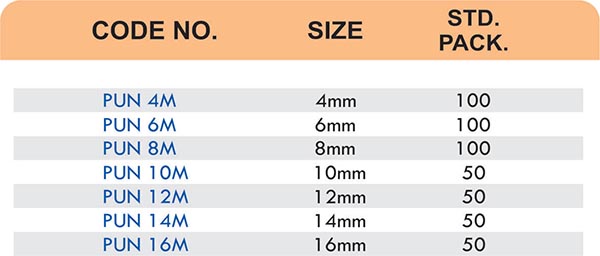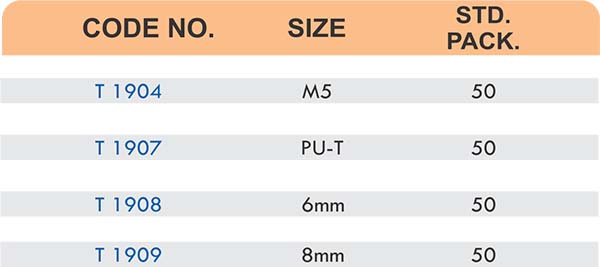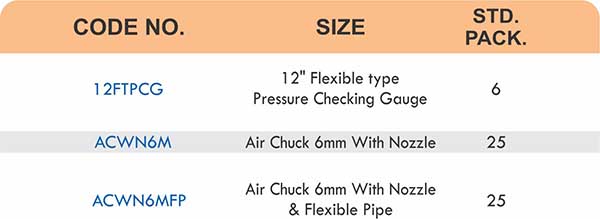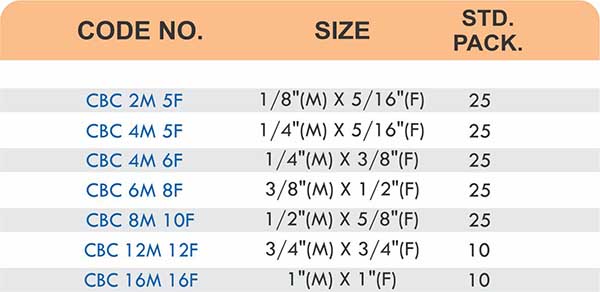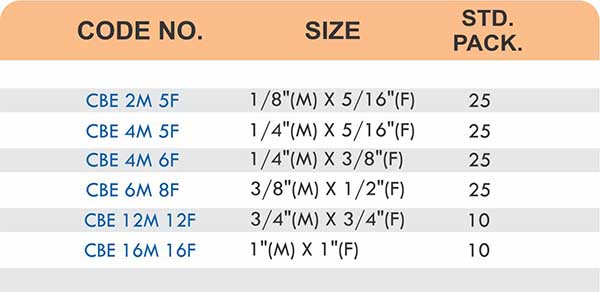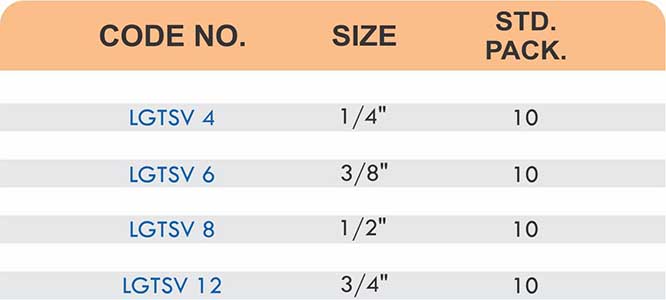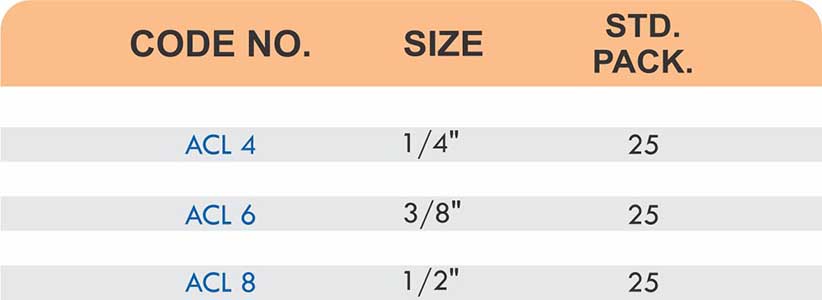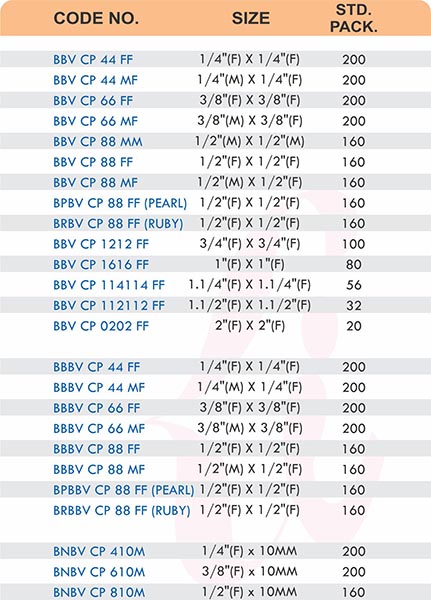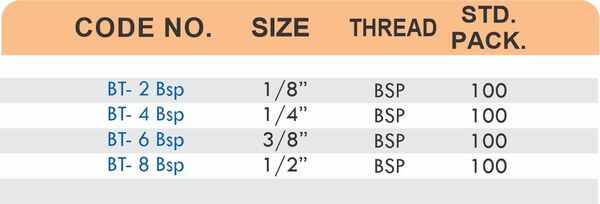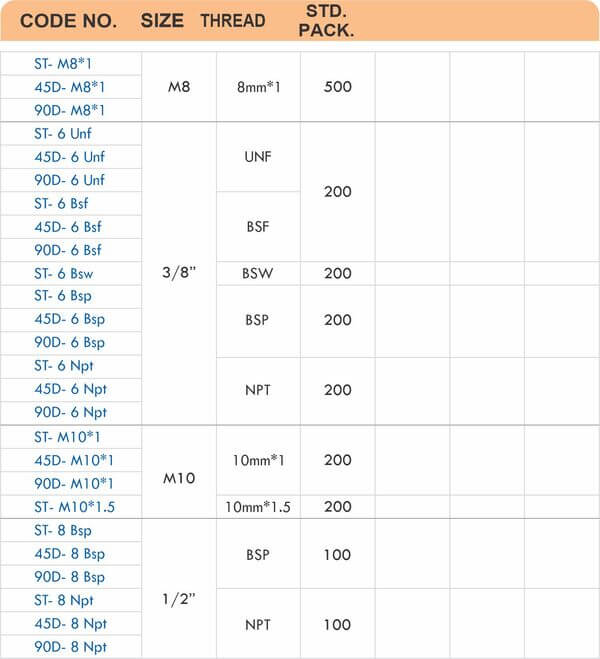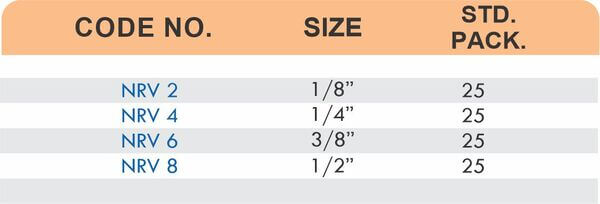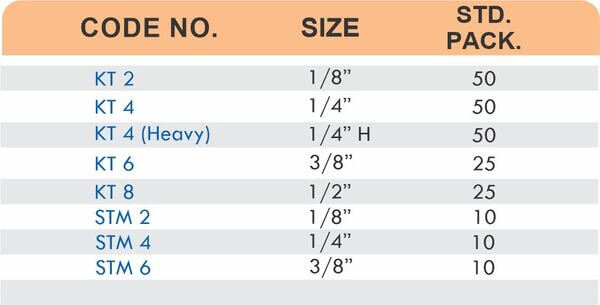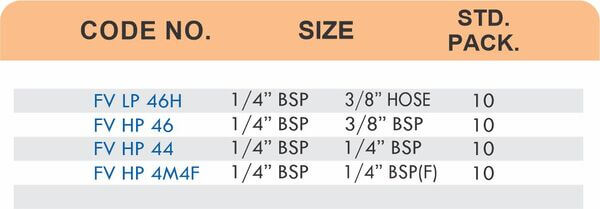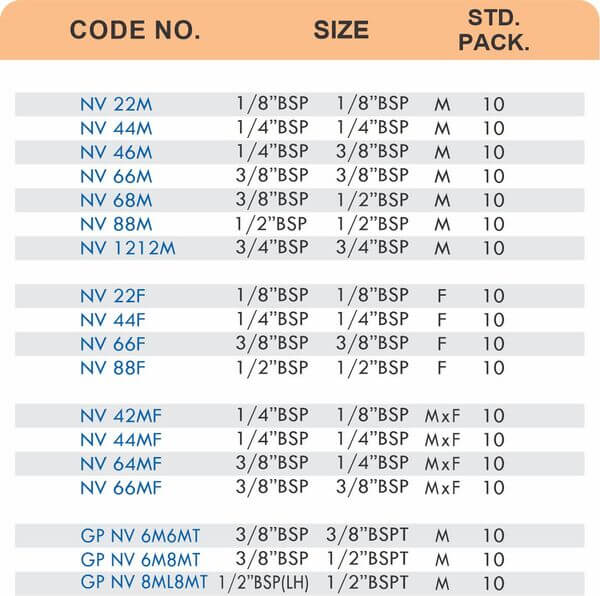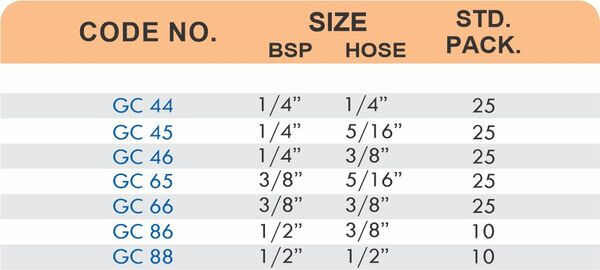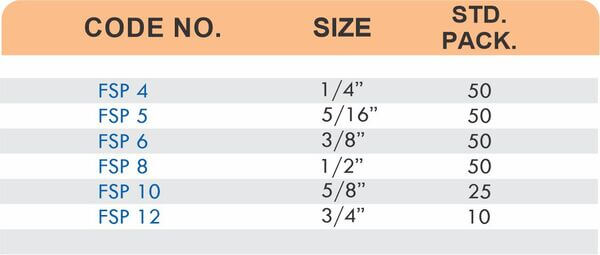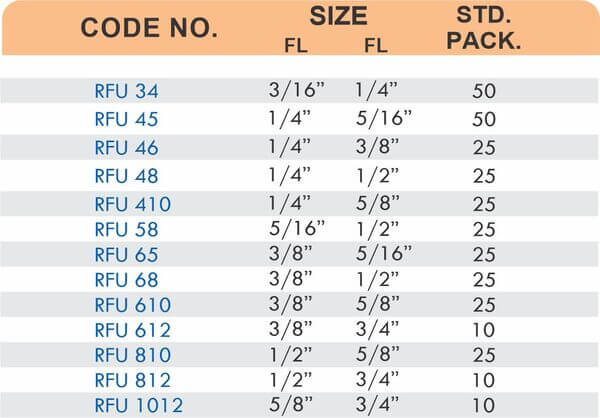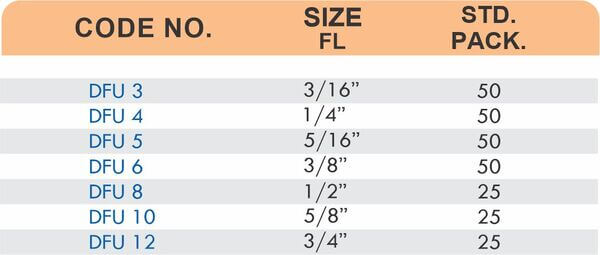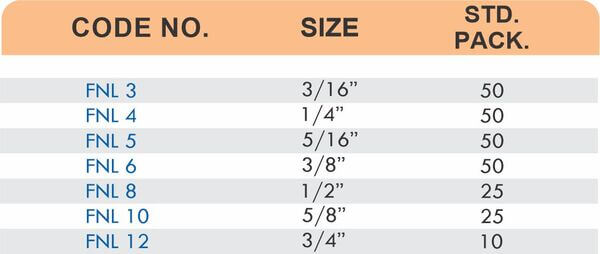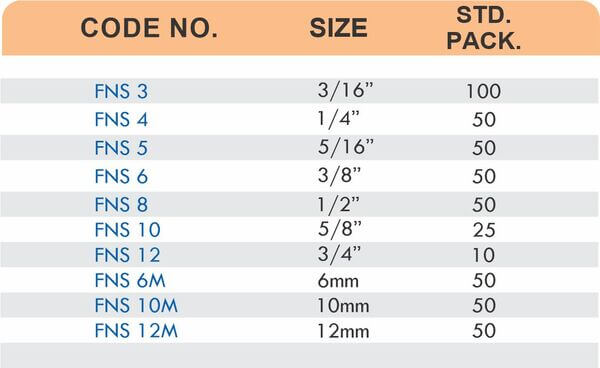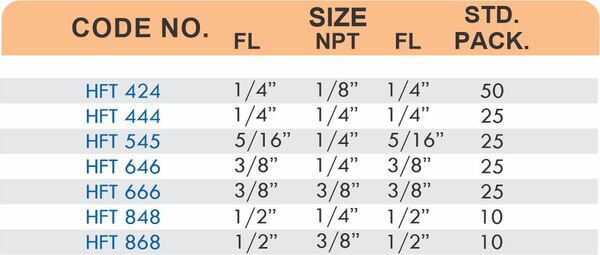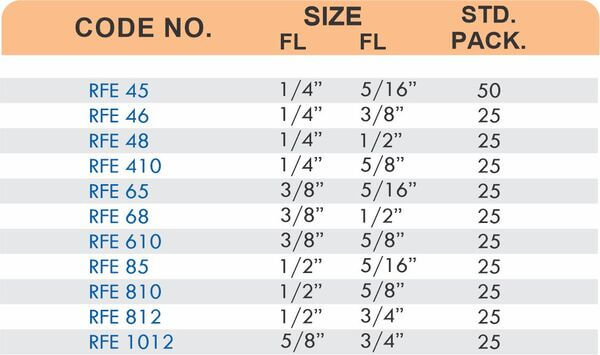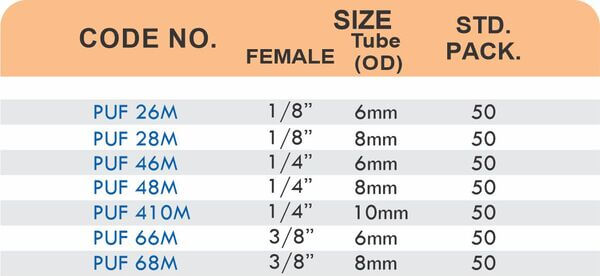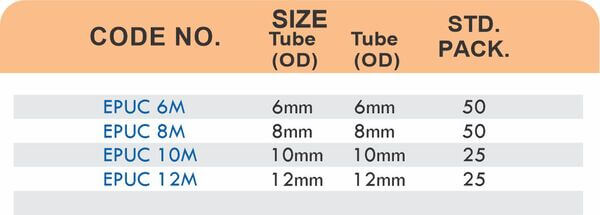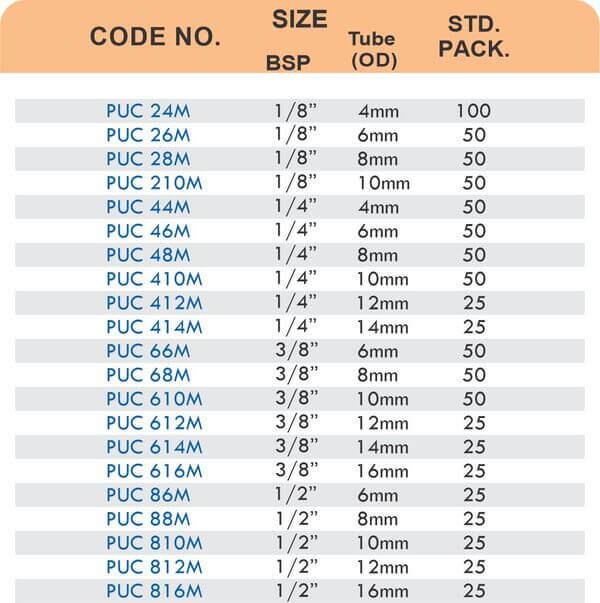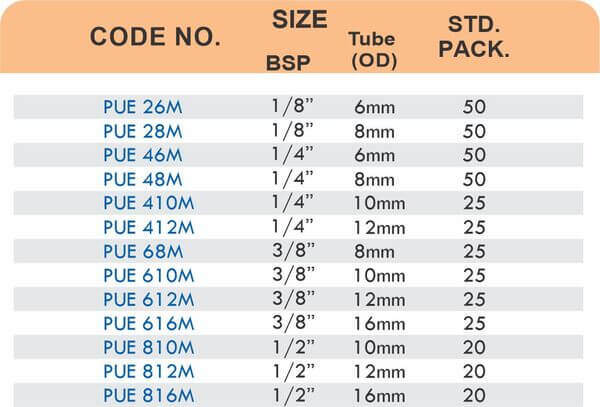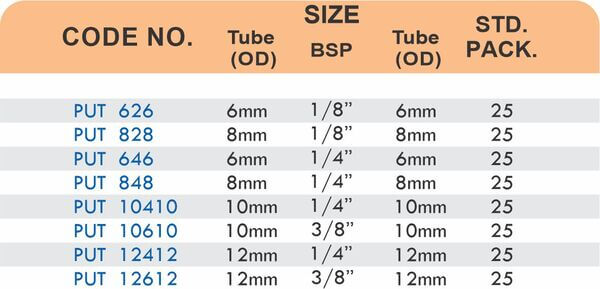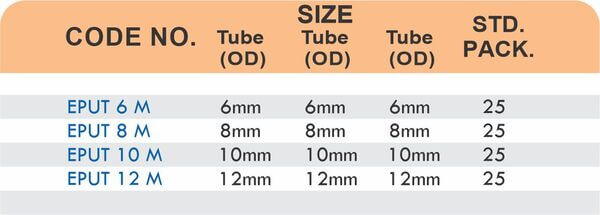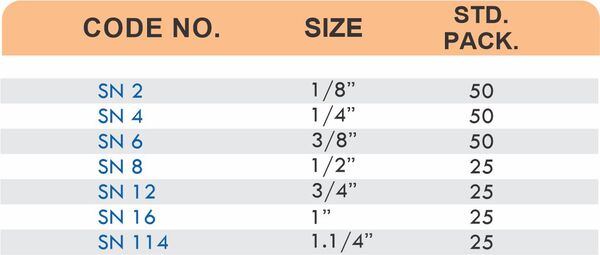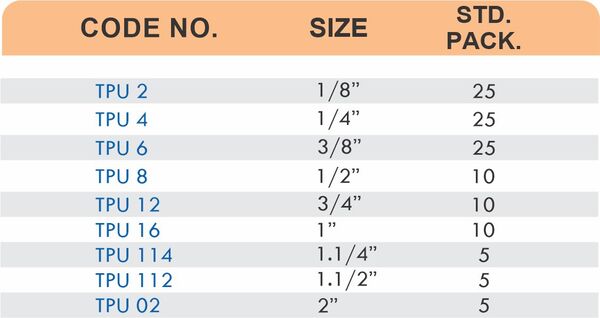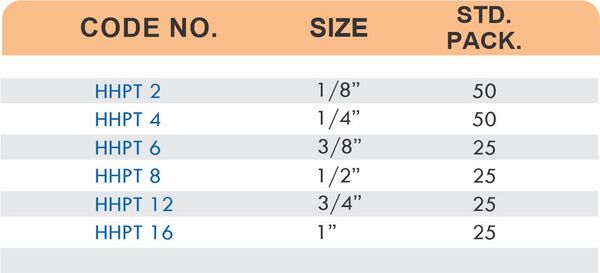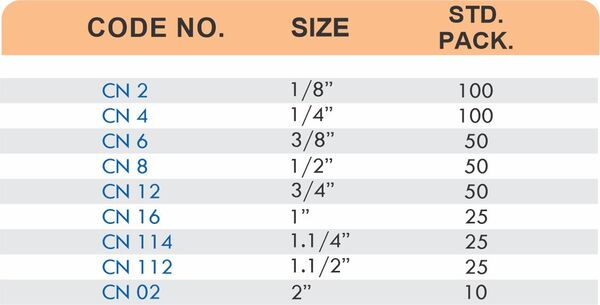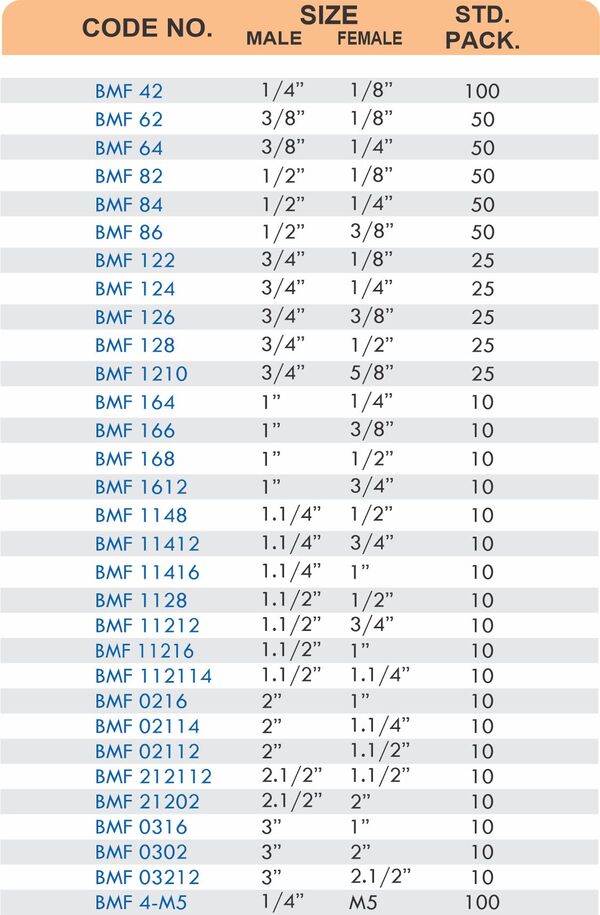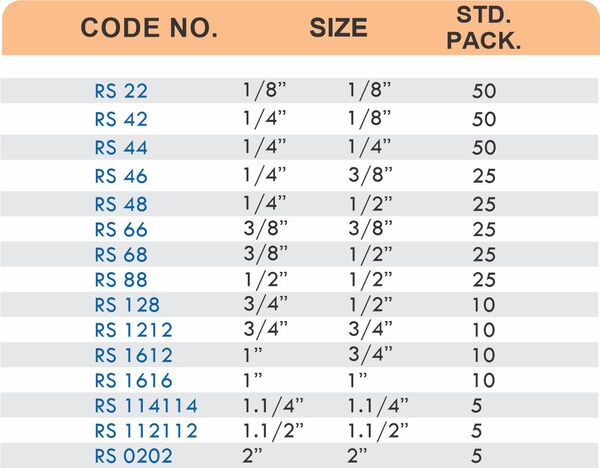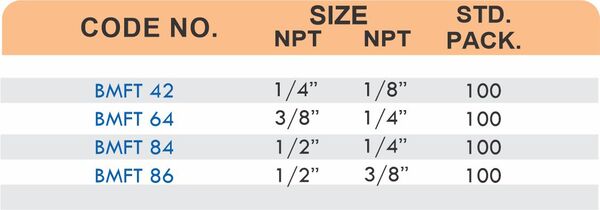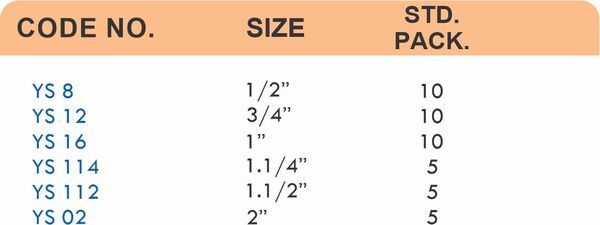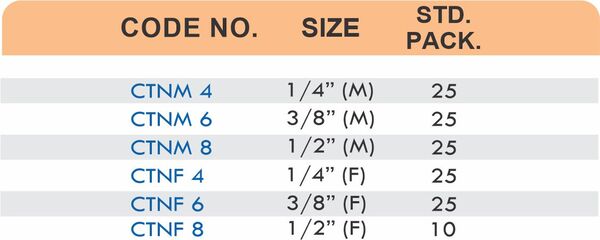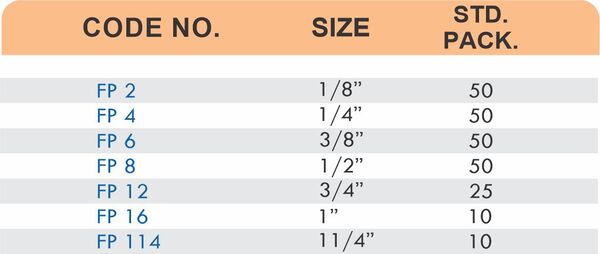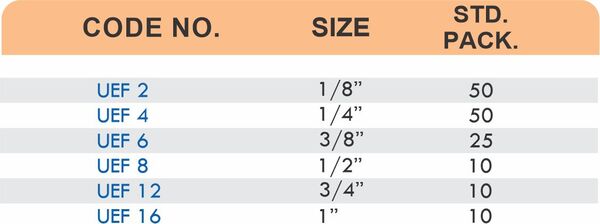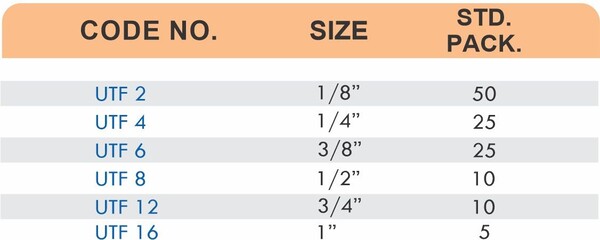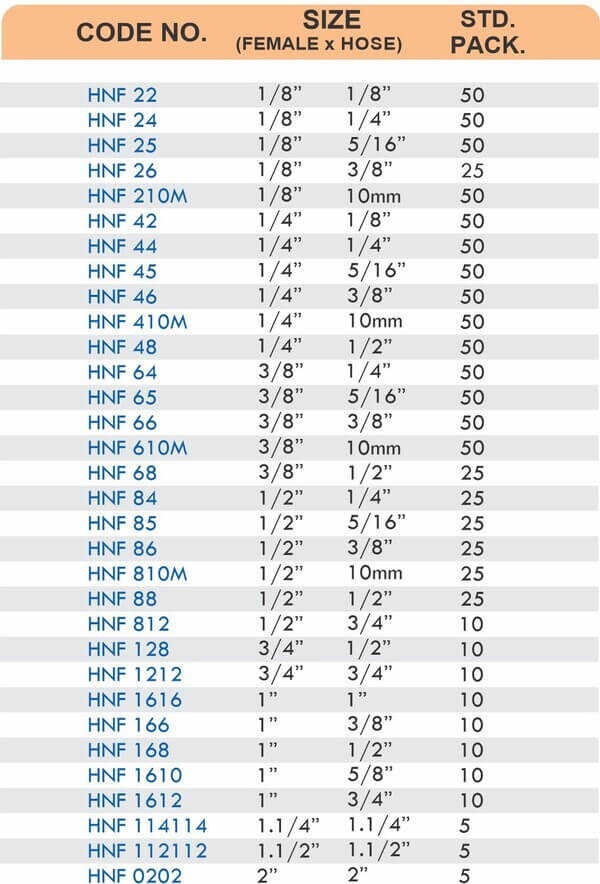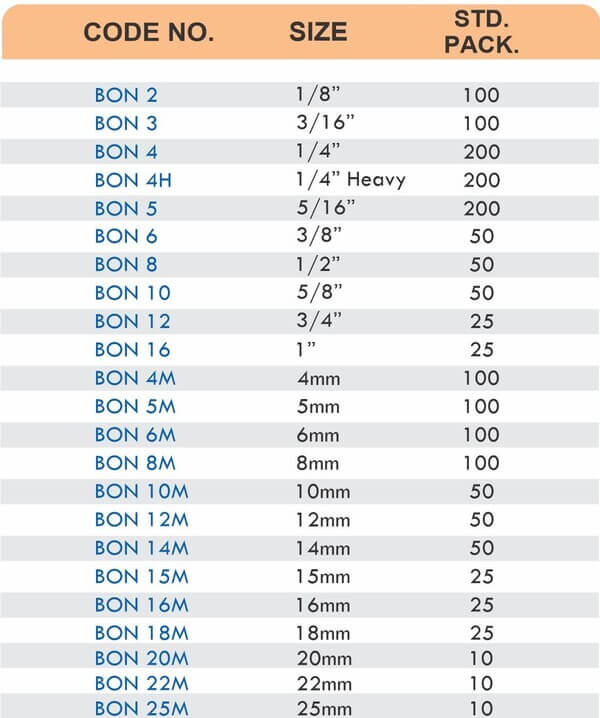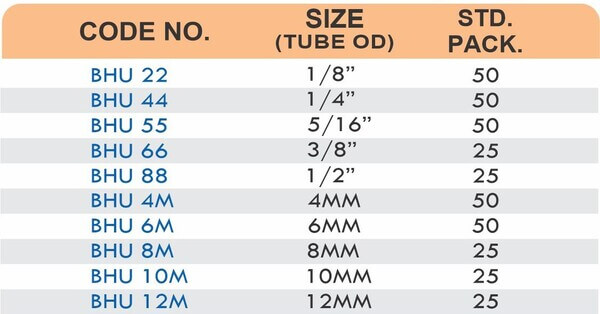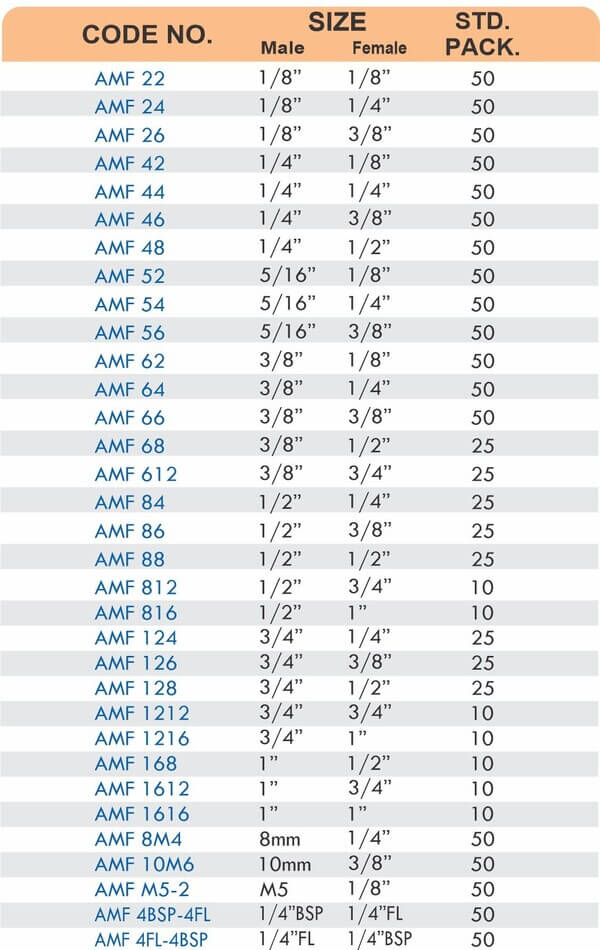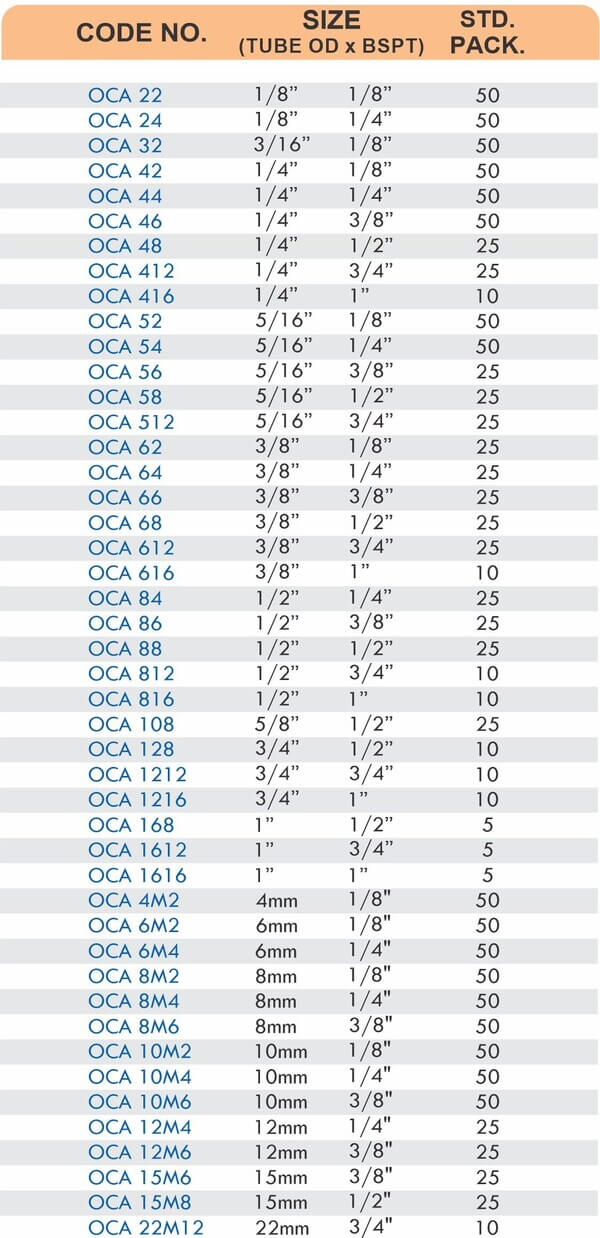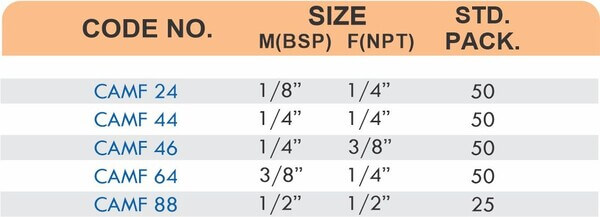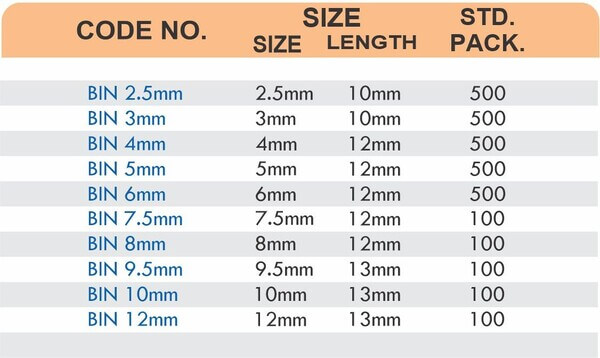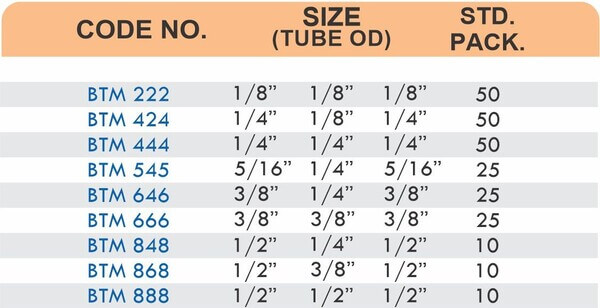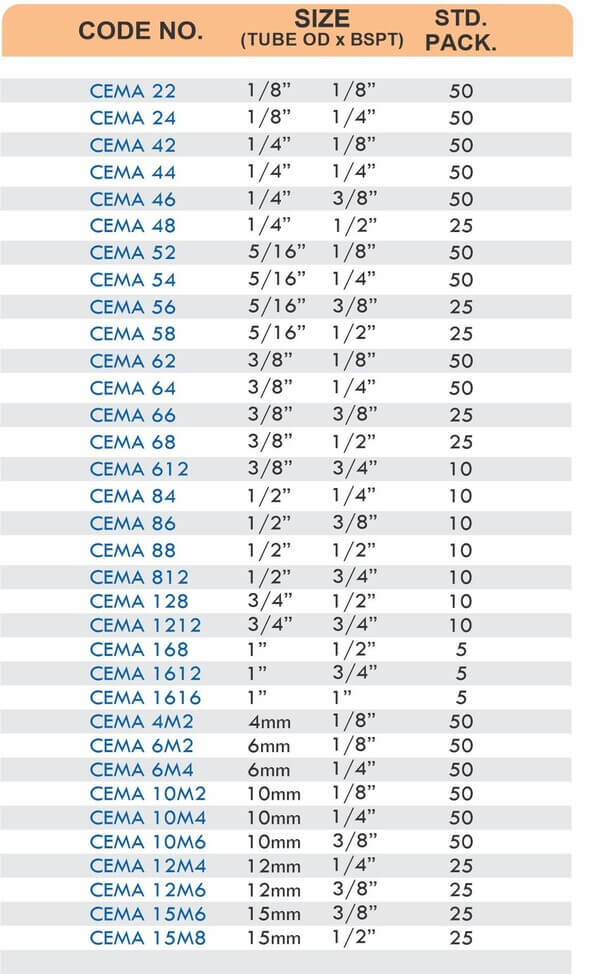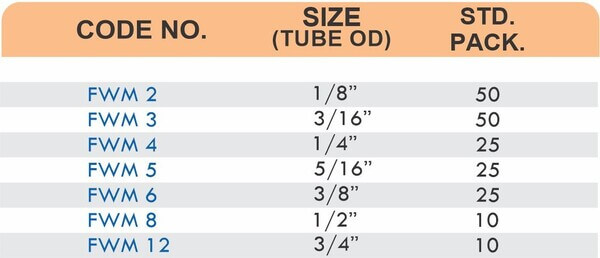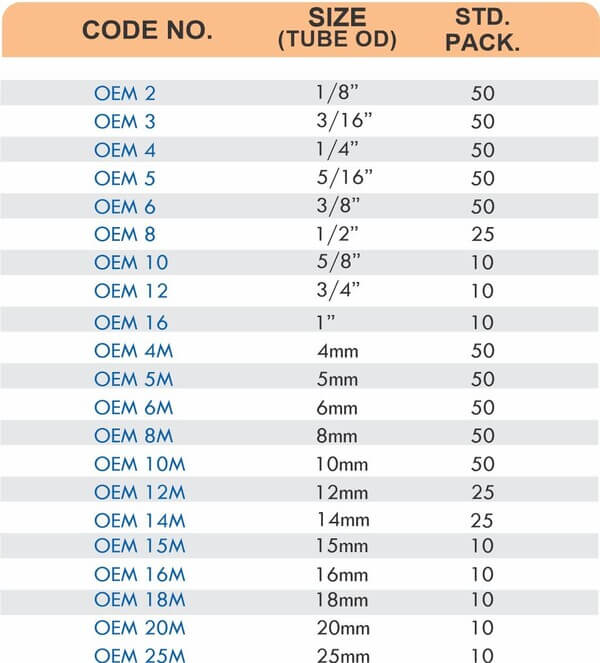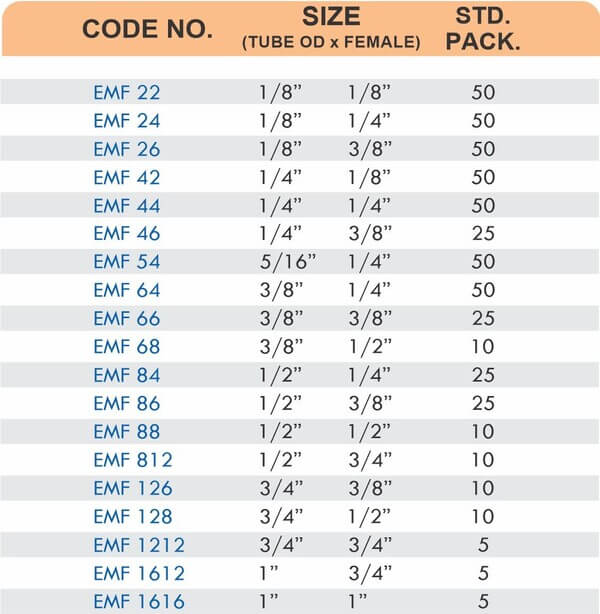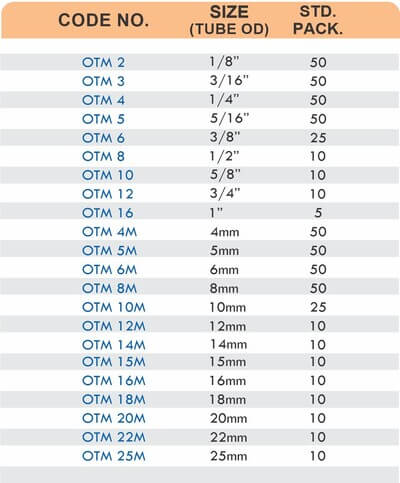
7 Common Flocculation Problems and How to Solve Them?
Flocculation is a pivotal process in water and wastewater treatment, serving as a bridge between initial contaminant destabilization and final solid-liquid separation. By enabling the aggregation of fine suspended particles into larger, easily removable flocs, flocculation enhances the efficiency of sedimentation, filtration, and overall contaminant removal. In municipal, industrial, and even pharmaceutical applications, effective flocculation ensures clean, safe water while optimizing operational costs and meeting stringent regulatory standards.
Understanding Flocculation: Fundamentals and Mechanisms
At its core, flocculation is a physical-chemical process that follows coagulation. Initially, coagulants neutralize the electrical charges on colloidal particles, destabilizing them. Flocculants—often high-molecular-weight polymers—are then introduced to promote the aggregation of these destabilized particles through mechanisms such as bridging, charge neutralization, and sweep flocculation.
Key Mechanisms:
- Bridging: Long-chain polymers adsorb onto multiple particles, physically linking them into larger aggregates.
- Charge Neutralization: Flocculants with opposite charges neutralize particle surfaces, reducing repulsion and enabling aggregation.
- Sweep Flocculation: Precipitated metal hydroxides enmesh particles as they settle.
The effectiveness of flocculation depends on factors such as pH, ionic strength, mixing intensity, and the type of flocculant used. Proper control of these parameters ensures robust floc formation and downstream process efficiency.
7 Common Flocculation Challenges in Industrial Applications
Industrial water treatment systems often encounter complex challenges that can compromise flocculation performance:
- Inconsistent Influent Quality: Variations in turbidity, pH, and contaminant load require frequent process adjustments.
- Incorrect Chemical Dosing: Over- or under-dosing of coagulants/flocculants can lead to poor floc formation or excess sludge.
- Poor Mixing: Insufficient or excessive mixing can prevent proper particle collision and aggregation.
- Temperature Sensitivity: Low temperatures slow reaction rates, reducing flocculation efficiency.
- Residual Toxicity: Some synthetic flocculants may leave behind residues that are difficult to remove and potentially hazardous.
- Filter and Equipment Clogging: Large or sticky flocs can block filters and pipes, increasing maintenance.
- High Operational Costs: Expensive chemicals and energy-intensive processes can strain budgets, especially at large scales.
Diagnosing Flocculation Issues: Tools and Techniques
Accurate diagnosis of flocculation problems is essential for targeted troubleshooting and optimization. Common diagnostic tools include:
- Jar Testing: Simulates plant conditions to determine optimal coagulant and flocculant dosages.
- Zeta Potential Analysis: Measures particle surface charge to assess the effectiveness of charge neutralization.
- Turbidity Measurement: Monitors water clarity before and after treatment to gauge process performance.
- Particle Size Analysis: Uses laser diffraction or microscopy to track floc growth and distribution.
- Online Sensors: Real-time monitoring of parameters like pH, turbidity, and flow rate for proactive adjustments.
These tools help operators identify root causes of inefficiency, such as improper dosing, poor mixing, or unsuitable chemical selection.
Proven Solutions to Flocculation Problems
Addressing flocculation challenges requires a combination of technical adjustments and process innovations:
- Optimize Chemical Selection and Dosing: Use jar tests and zeta potential measurements to fine-tune coagulant and flocculant types and dosages.
- Improve Mixing Regimes: Adjust mixing speed and duration to promote effective particle collisions without breaking flocs.
- Temperature Control: Implement heating or insulation for process streams in cold environments.
- Switch to Safer Flocculants: Consider biodegradable or less toxic alternatives to minimize residual risks.
- Upgrade Equipment: Install advanced mixers, clarifiers, or dissolved air flotation (DAF) units to handle variable loads and prevent clogging.
- Automate Monitoring: Use real-time sensors and automated dosing systems to respond dynamically to changing water qualities.
Best Practices for Optimizing Flocculation Processes
To achieve consistently high performance, water treatment facilities should implement the following best practices:
- Regularly Calibrate and Maintain Equipment: Prevent mechanical failures and ensure accurate dosing.
- Conduct Routine Jar Testing: Adjust chemical programs in response to seasonal or source water changes.
- Monitor Key Parameters: Track pH, turbidity, and zeta potential to maintain process control.
- Train Operators: Ensure staff are skilled in both manual and automated process adjustments.
- Document and Review Performance: Keep detailed records to identify trends and guide future improvements.
- Adopt Green Chemistry Principles: Minimize environmental impact by selecting eco-friendly chemicals and reducing waste.
Innovations in Flocculation: Emerging Technologies
Research and development are driving significant advances in flocculation technology:
- Smart Flocculants: Stimulus-responsive polymers that change properties based on pH, temperature, or magnetic fields, allowing for precise control and easy removal.
- Nanotechnology: Engineered nanoparticles enhance floc formation and target specific contaminants.
- Hybrid Systems: Integration of flocculation with advanced oxidation, membrane filtration, or biological treatment for superior contaminant removal.
- Real-Time Process Control: AI-driven systems that dynamically adjust dosing and mixing based on sensor feedback.
- Green Flocculants: Development of natural, biodegradable polymers from sources like chitosan, starch, or cellulose to replace synthetic chemicals.
These innovations promise to improve efficiency, reduce costs, and minimize environmental impacts.
Conclusion: Enhancing Water Treatment Efficiency Through Effective Flocculation
Flocculation remains a foundational process in water treatment, critical for achieving regulatory compliance, operational efficiency, and environmental sustainability. By understanding its mechanisms, addressing common challenges, leveraging diagnostic tools, and embracing best practices and emerging technologies, operators can ensure robust, reliable, and cost-effective water purification. As the demand for clean water grows and regulations tighten, continued innovation in flocculation will be essential for safeguarding public health and the environment.


